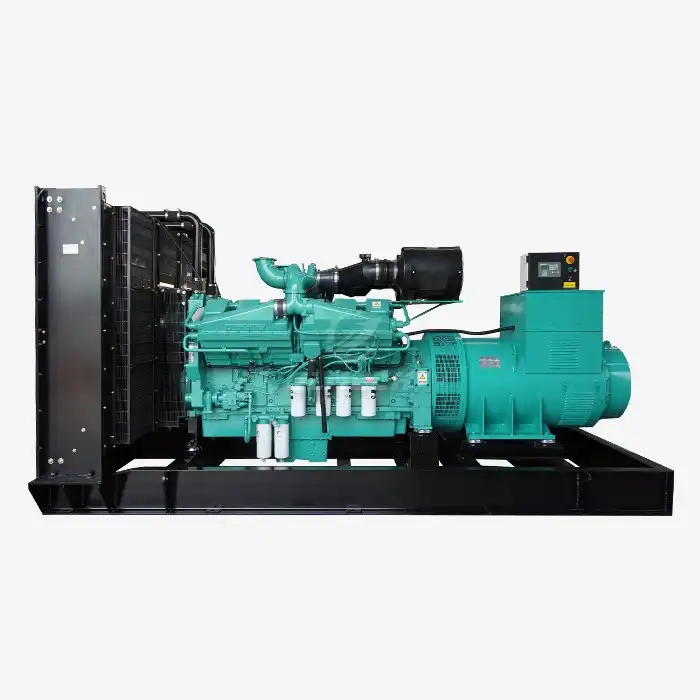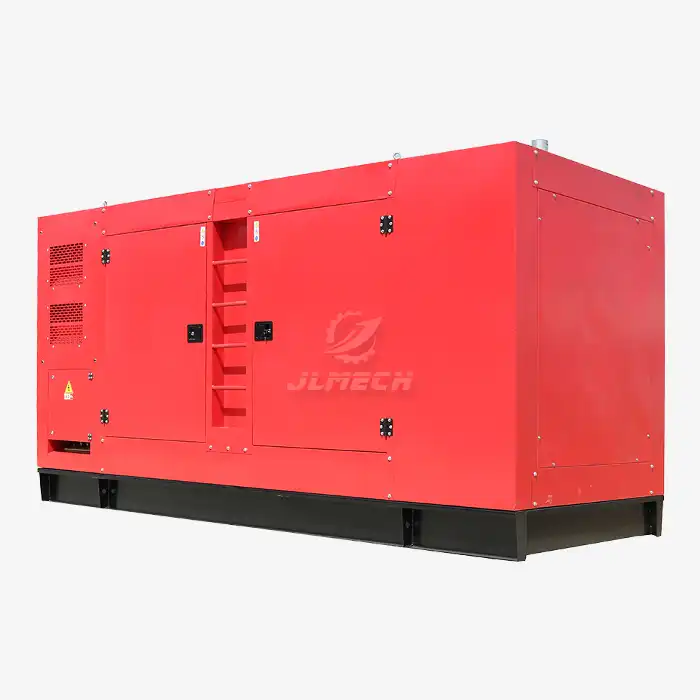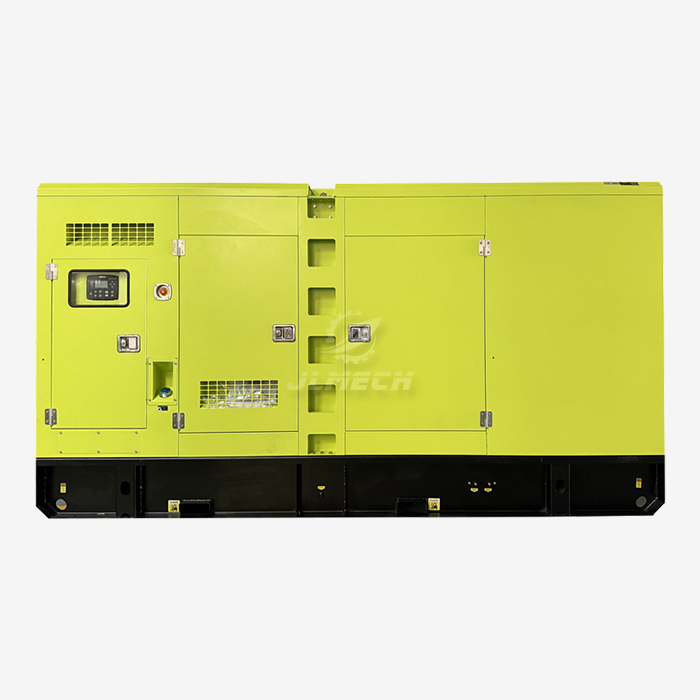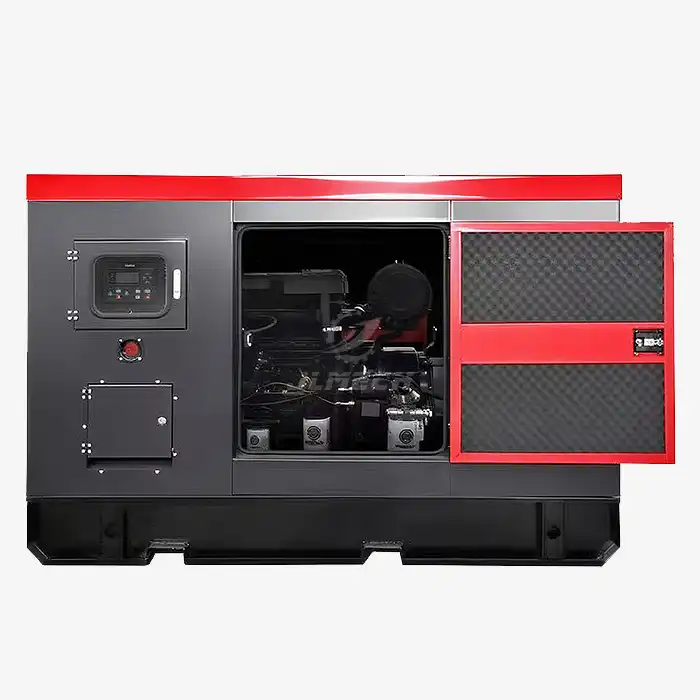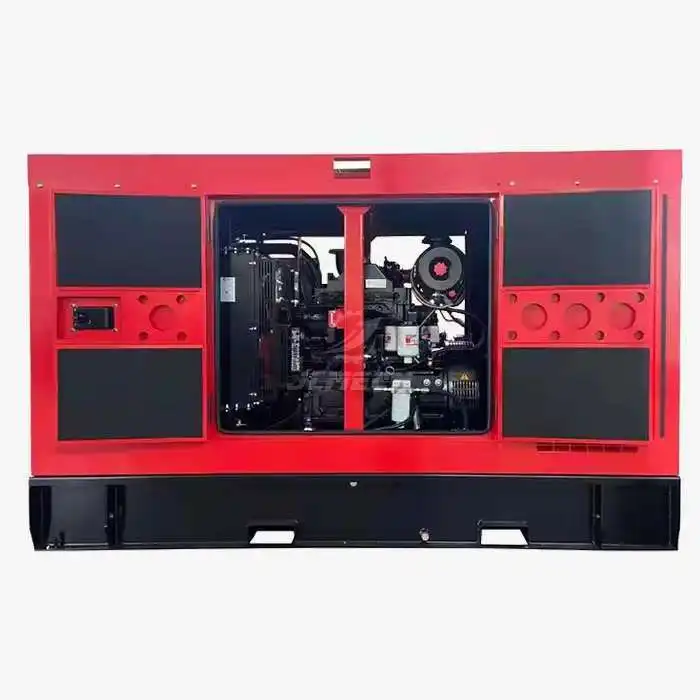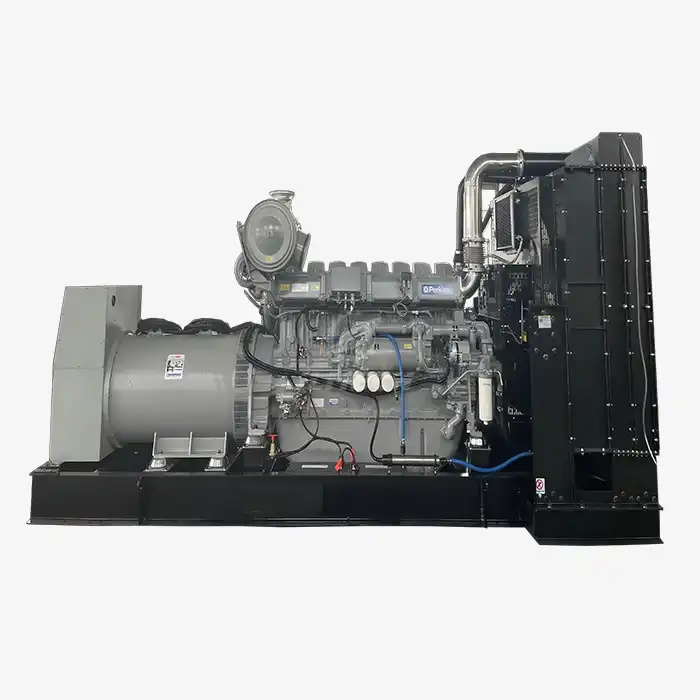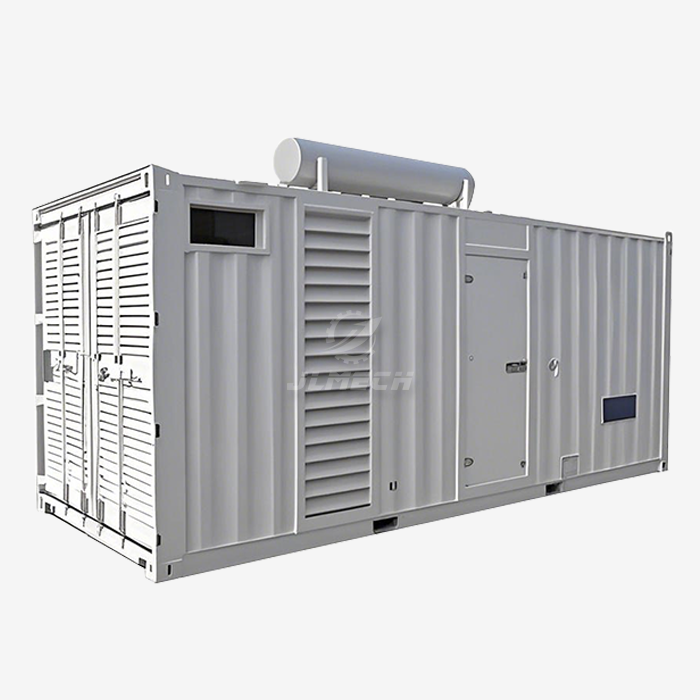Diesel Cylinder Head: How to Choose? Material & Fit
Selecting the right cylinder head is one of the most critical decisions you'll make for your diesel engine's performance and longevity. A poorly chosen Diesel cylinder head can lead to persistent leaks, reduced power, overheating, and even catastrophic engine failure. Understanding the key factors in material selection and compatibility ensures your investment provides reliable power and protects your operation from costly downtime. This guide breaks down the essential elements you need to consider when choosing a Diesel cylinder head that delivers both performance and durability.
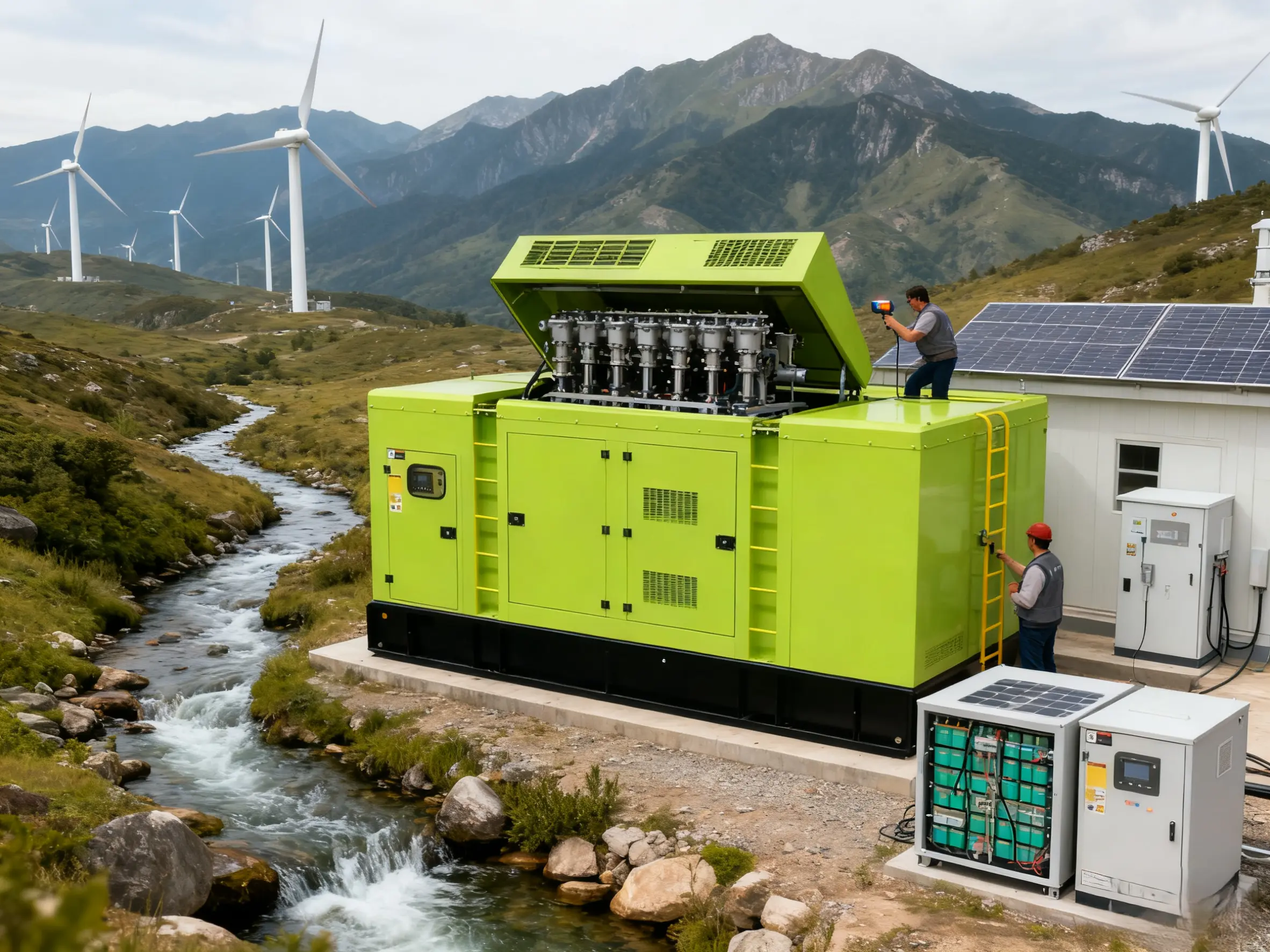
Material Science
The material of your cylinder head fundamentally determines its strength, durability, and performance under extreme conditions. Different applications demand different material properties.
High-Strength Alloy Cast Iron: This remains the industry standard for most heavy-duty diesel applications due to its excellent thermal stability and wear resistance. It maintains structural integrity under high combustion temperatures and pressures.
Compacted Graphite Iron (CGI): Offering superior strength and fatigue resistance compared to traditional gray iron, CGI is increasingly used in high-performance and modern diesel engines. Its enhanced properties allow for more compact designs without sacrificing durability .
Aluminum Alloys: Primarily used in lighter-duty applications where weight reduction is crucial. While offering excellent heat dissipation, aluminum has a higher thermal expansion rate, requiring careful design to maintain sealing under operational temperatures.
The choice between these materials involves balancing factors like engine load cycles, operating temperatures, and required lifespan. For most industrial generator applications, high-strength iron alloys provide the most reliable long-term performance.
Precision Fitment
Even the highest-quality cylinder head will underperform if it doesn't match your engine specifications precisely. Fitment goes beyond basic dimensions to include critical functional parameters.
Engine Specific Identification: Match the cylinder head to your engine's complete model number and serial number, not just the engine family or power rating. For example, a Diesel cylinder head for a Cummins NTA855C360 is engineered specifically for that 360-horsepower configuration and may not function correctly in other NTA855 variants .
Combustion Chamber Configuration: Ensure the combustion chamber shape and volume match your original specifications, as this directly affects compression ratio and combustion efficiency.
Coolant Passage Alignment: Verify that all coolant passages align perfectly between the head and engine block to prevent localized overheating and hot spots.
Bolt Pattern and Thread Specifications: Confirm that all head bolt holes align correctly and have the proper thread pitch and depth to achieve specified clamping forces.
Performance Specifications
Beyond basic compatibility, several performance characteristics determine how well a cylinder head will function in your specific application.
Pressure Rating: The head must withstand your engine's maximum combustion pressures without deformation or cracking.
Heat Transfer Coefficient: Optimal thermal conductivity ensures efficient heat transfer to the cooling system, preventing pre-ignition and thermal stress.
Flow Characteristics: Intake and exhaust port design significantly impacts volumetric efficiency and scavenging effectiveness.
Surface Flatness: The sealing surface must meet original equipment specifications for flatness, typically within 0.05mm across the entire surface, to ensure proper gasket sealing .
Compatibility Factors
Multiple compatibility factors must align to ensure proper Diesel cylinder head function within your engine system.
Fuel System Compatibility: The head must properly accommodate your specific injector type, size, and seating configuration.
Valvetrain Interface: Ensure correct alignment with pushrods, rocker arms, and camshaft configurations for proper valve operation.
Turbocharging Requirements: Turbocharged engines often require reinforced designs and specific exhaust port configurations to handle elevated temperatures and pressures.
Ancillary Mounting Points: Verify all mounting points for manifolds, brackets, sensors, and other accessories match your engine's configuration.
Installation Guidelines
Proper installation is crucial for Diesel cylinder head performance and longevity. Following correct procedures prevents many common failure modes.
Cleaning and Preparation: Thoroughly clean all gasket surfaces and ensure bolt holes are free of debris, oil, or coolant that could affect torque readings.
Gasket Selection: Use the specified gasket type and material for your application, ensuring proper orientation of gaskets with asymmetrical features .
Torque Sequence and Values: Always follow the manufacturer's specified torque sequence and values, typically using a multi-stage torqueing process. For some applications, angle torqueing follows initial torque values.
System Checks: After installation, perform compression tests, coolant system pressure tests, and leak-down tests to verify proper installation before returning the engine to service.
Maintenance Tips
Regular maintenance extends Diesel cylinder head life and helps identify potential issues before they cause catastrophic failures.
Regular Inspection Intervals: Include visual inspections for leaks, cracks, and corrosion in your preventive maintenance schedule.
Coolant Quality Maintenance: Maintain proper coolant chemistry and concentration to prevent corrosion and scaling that can impair heat transfer.
Valve Lash Adjustment: Regularly check and adjust valve lash to specifications to prevent valvetrain damage and optimize performance.
Bolt Torque Verification: Periodically verify head bolt torque on certain engine models, particularly after the first operating hours following installation.
Troubleshooting Common Issues
Recognizing and addressing common cylinder head problems early can prevent more extensive engine damage.
External Leaks: Identify and address oil or coolant leaks promptly to prevent system contamination and loss of critical fluids.
Compression Loss: Conduct compression testing to identify issues with valves, seats, or head gasket sealing.
Overheating Indicators: Monitor for signs of localized overheating, hot spots, or coolant system pressurization that may indicate combustion gas leakage.
Crack Detection: Use appropriate methods such as pressure testing, dye penetrant testing, or visual inspection to identify cracks in high-stress areas.
The table below summarizes these common issues and their implications:
Problem | Potential Causes | Diagnostic Methods |
|---|---|---|
External Fluid Leaks | Worn gaskets, cracked head, improper torque | Visual inspection, UV dye testing |
Compression Loss | Valves not sealing, head gasket failure, warp | Compression test, leak-down test |
Overheating | Clogged coolant passages, combustion gas leakage | Thermal imaging, cooling system pressure test |
Cracks | Thermal stress, freezing, manufacturing defect | Dye penetrant, pressure testing, visual inspection |
Conclusion
Selecting the right Diesel cylinder head involves careful consideration of materials, precise fitment, and performance specifications tailored to your specific engine and operational requirements. A methodical approach to selection, installation, and maintenance ensures optimal performance and prevents costly failures. By understanding these key factors, you can make an informed decision that maximizes your engine's reliability and service life.
Our technical team can help you select the perfect cylinder head solution for your specific diesel engine requirements. For personalized assistance, contact our experts at skala@whjlmech.com.
References
Johnson, M. (2022). Emergency Power Systems: A Comprehensive Guide to High-Speed Diesel Generators. Power Engineering Quarterly, 45(3), 78-92.
Compacted Graphite Iron for Diesel Engine Components. (2009). Foundry Technology Journal, 29(4), 142-147.
National Fire Protection Association. (2020). Standard for Emergency and Standby Power Systems (NFPA 110).
Diesel Engine Maintenance and Repair Manual. (2018). International Society of Automotive Engineers.



